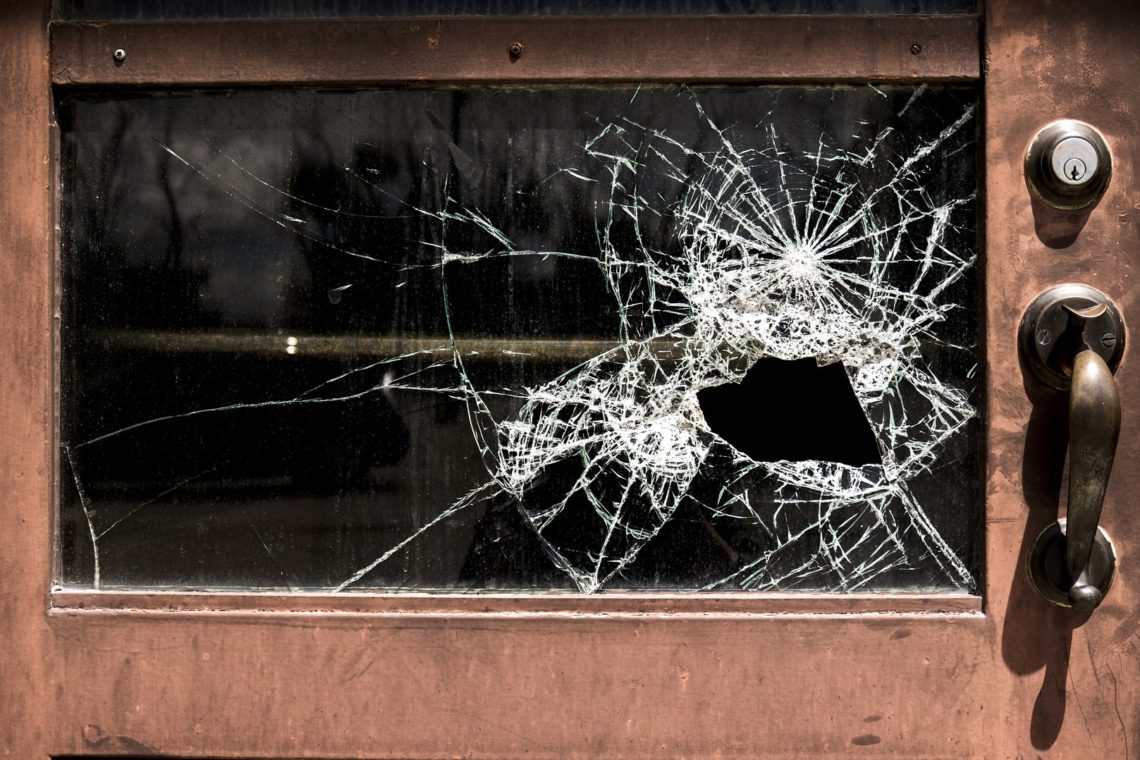I am unlikely to win the lottery. This is because no one is likely to win the lottery. The odds of winning one of the national jackpots are about one in three hundred million. Also, I rarely buy tickets. But, if one of those times I do buy a ticket were to pay off I have ideas on how to spend that money. One of them is to provide seating and shelter at the bus stops in my city. Except around downtown and by the university bus stops here are routinely marked by a pole with a sign. Seating is rare and shelter from the elements even more so.*
The other thing I would do is get rid of an abandoned building project in a neighborhood down the main road a bit. This is one of those projects that, if it had worked, might have been good for the neighborhood. Judging by the expensive roofing material these places were not meant to be slums. Unfortunately, the investors must have hit an obstacle and what would have been a boon has now become a disaster. Years later the property sits half-finished and abandoned. Dragging down property values in a neighborhood that is already semi notorious.
The Broken Windows theory posits that abandoned property allowed to decay becomes a target for vandals and even for so-called ordinary people. Visible signs of disorder encourage misbehavior and further disorder which ultimately leads to more serious crimes. It is probably the only criminology theory most of us know. In the intervening decades it has become known as the bible of policing.
In the 1982 Atlantic article in which George Kelling and James Wilson introduce the Broken Windows theory to the masses they write, “A piece of property is abandoned, weeds grow up, a window is smashed.” From there, in theory, things quickly spiral out of control with those families that do not flee the neighborhood abandoning their children to streets littered with fights, bums, drugs, and literal litter.
In the article George Kelling and James Wilson write of early policing that police, on behalf of the community, would act in ways that were most certainly extrajudicial and sometimes violent. From the article: “’Rights’ were something enjoyed by decent folk, and perhaps also by the serious professional criminal, who avoided violence and could afford a lawyer.” It is clear from the article that Kelling and Wilson are firm believers in the concept of order over justice. But it is not the community whom the police serve. The police were indulging in this behavior to maintain the power of the state, often to the detriment of the community.
The idea for the Broken Windows theory was born from an experiment by problematic social psychologist Philip Zimbardo. The experiment involved two cars. One abandoned in the Bronx borough of New York City and the other in Palo Alto, California. Both were left with the hood up. The car in the Bronx was vandalized, by a well-dressed white family, almost immediately. It wasn’t long before others joined and it was stripped almost to the chassis. Meanwhile, the car in Palo Alto remained untouched for over a week. Eventually, Zimbardo and his team decided to break one of the windows to see if this would motivate the good citizens of Palo Alto toward criminality.
As it turns out, destroying things feels good. Once the faculty and students started beating up on the car, they really got into it. As Zimbardo described it, “One student jumped on the roof and began stomping it in, two were pulling the door from its hinges, another hammered away at the hood and motor, while the last one broke all the glass he could find.” It is only when the good people of Palo Alto saw the car gleefully being destroyed by students and faculty did they join in on the fun. In the 1982 article Kelling and Wilson write simply that the car was abandoned and untouched until Zimbardo smashed a window then it met the same fate as the car in the Bronx. They leave out the part where it is the faculty and students themselves who instigate the destruction.
For Zimbardo this was confirmation of his hypothesis that a lack of community cohesion leads to anonymity that can promote vandalism. Zimbardo, “Conditions that create social inequality and put some people outside of the conventional reward structure of the society make them indifferent to its sanctions, laws, and implicit norms.” This is pretty much the opposite of what Kelling and Watson promote. Instead policies based on the Broken Windows theory focus on punishment. Police departments all over the world have created platforms centering on punishing small offenses to prevent major offenses based on this theory. This kind of focus has also been applied to work and school campuses.

In the US, where this theory was birthed, upper-middle class homes have their value downgraded because the owners are Black. Here, it is significantly more difficult for Black and Brown people to secure home loans even when they have excellent credit and good jobs. I could go on. So, it should be no surprise that in the real-world US Broken Windows led to the birth of stop and frisk which targeted people in almost exclusively minority communities. Which is one of the many reasons that the Broken Windows hypothesis has been found to be mostly ineffective.
This is because stop and frisk completely missed the point. Even in Kelling and Wilson’s article the first step to perdition is that a building is abandoned. Instead of investing in the community, using the Broken Windows hypothesis authorities stigmatize entire neighborhoods and the people who reside within them. America’s infrastructure is known to be lacking but our poorer urban** communities can lack even basics like public transportation, schools, or grocery stores much less things like parks and libraries. We don’t invest in housing, and we fail to address the vacant lots and abandoned buildings in which crime often takes place.
Which leads us to the experiments of University of Pennsylvania criminologist John MacDonald and Columbia University chair of epidemiology Charles Branas covered in Eric Klinenberg’s New Yorker article ‘The Other Side of “Broken Windows”’. Which I will further explore on a bonus mini post on Tuesday.
Sources
www.latimes.com/archives/la-xpm-2006-apr-20-oe-harcourt20-story.html.
www.pbs.org/wgbh/frontline/article/the-problem-with-broken-windows-policing/.
https://www.newyorker.com/books/page-turner/the-other-side-of-broken-windows
https://www.washingtonpost.com/outlook/2019/12/27/how-year-old-study-was-misconstrued-create-destructive-broken-windows-policing/
*Ideally each shelter would also include a route map, in the form of a map, solar powered lighting, a trashcan, and, of course, a bus schedule. But those would require more maintenance by a city that already barely invests in public transportation.
**Rural communities are a whole other subject.
